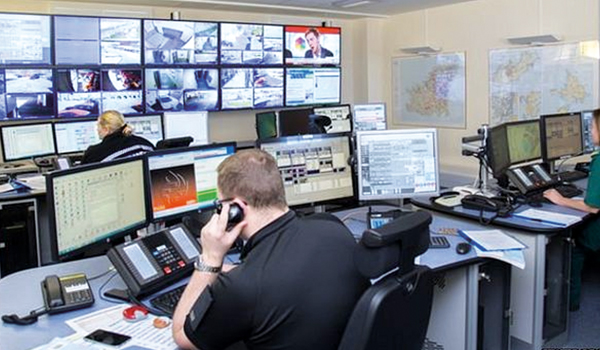Biometric passports
All new passports issued since 2006 are biometric and over 13 million people in the UK now hold the new-style passports, which feature a microchip containing biographical information and images.

All new passports issued since 2006 are biometric and over 13 million people in the UK now hold the new-style passports, which feature a microchip containing biographical information and images.
The International Civil Aviation Organisation (ICAO which sets international standards) chose facial recognition as the primary biometric with iris and fingerprint as back-up (but not compulsory) to counter identity fraud.
Facial recognition maps various features on the face, for example, the distances between eyes, nose, mouth and ears. The measurements are digitally coded and this can then be used for comparison and verification purposes.
The new British biometric passport is protected with a key that can be obtained only by manually or optically reading the bio data page (the page with the passport holders details). Once that key is obtained and communication established between the reader and the biometric passport, all messages are electronic with a unique key for each and every session thus thwarting any would be eavesdroppers.
New security features will show if the passport is genuine or if it has been tampered with and the data on the chip will be protected against skimming and eavesdropping through the use of advanced digital encryption techniques.


